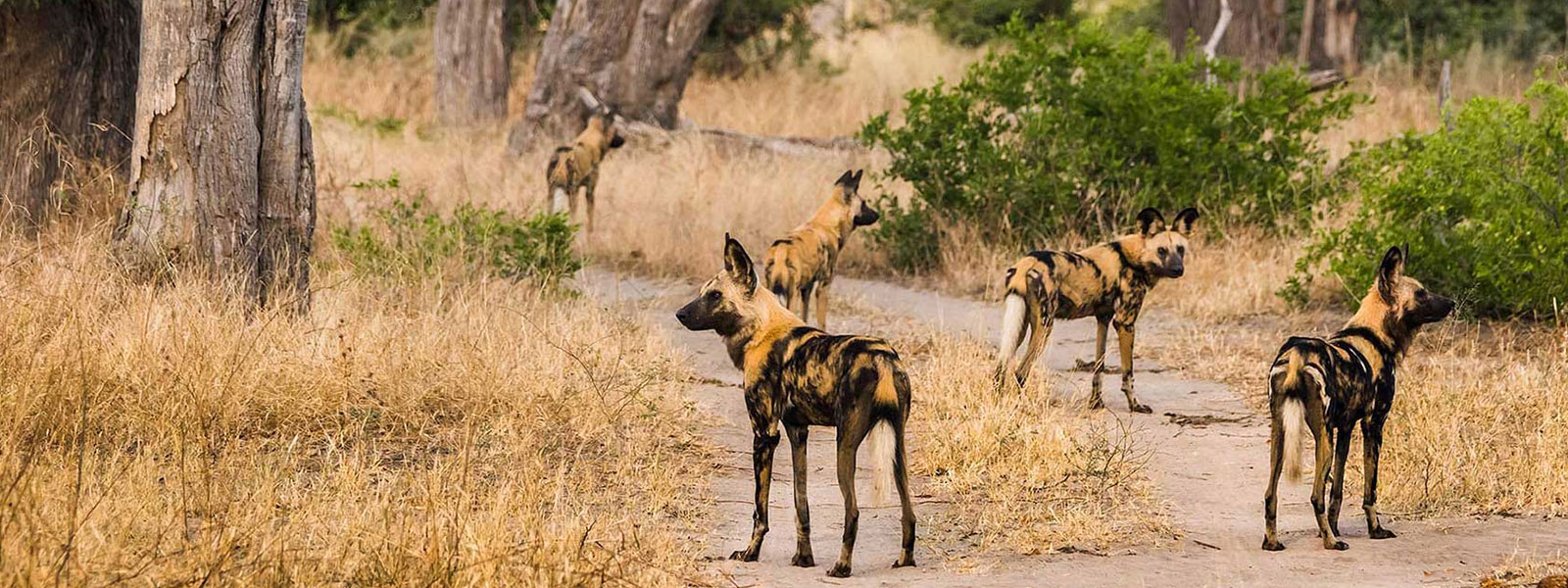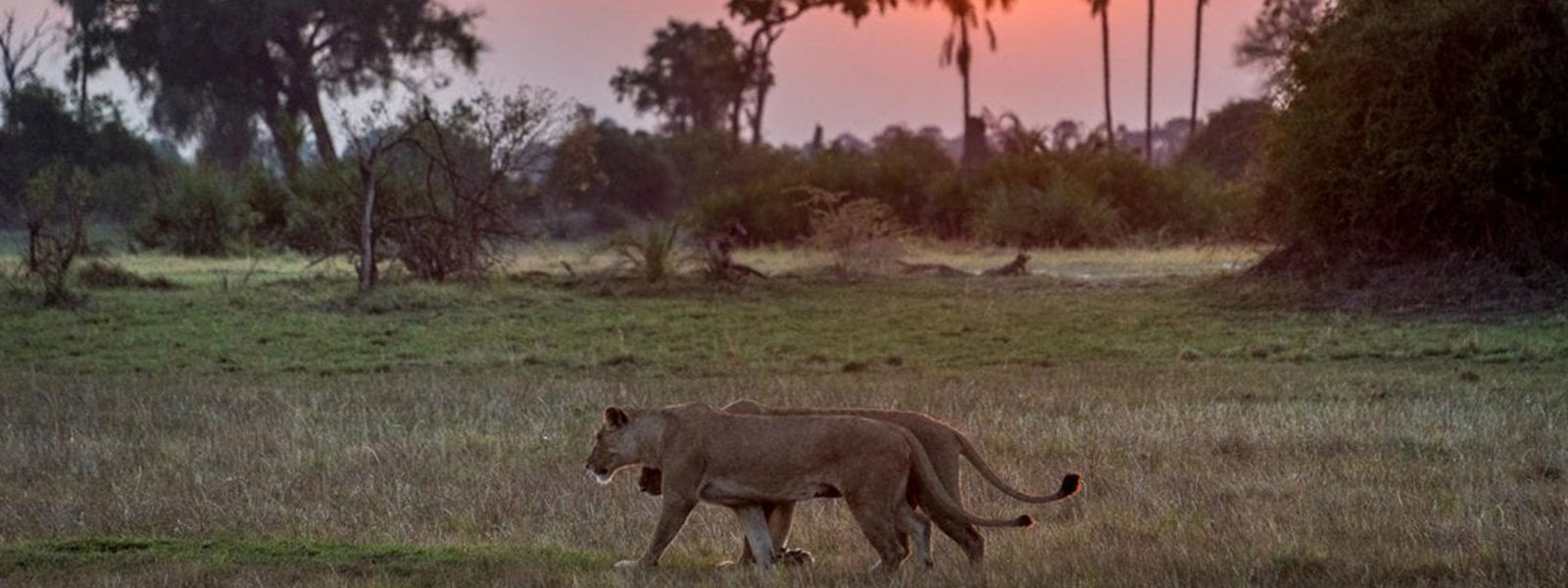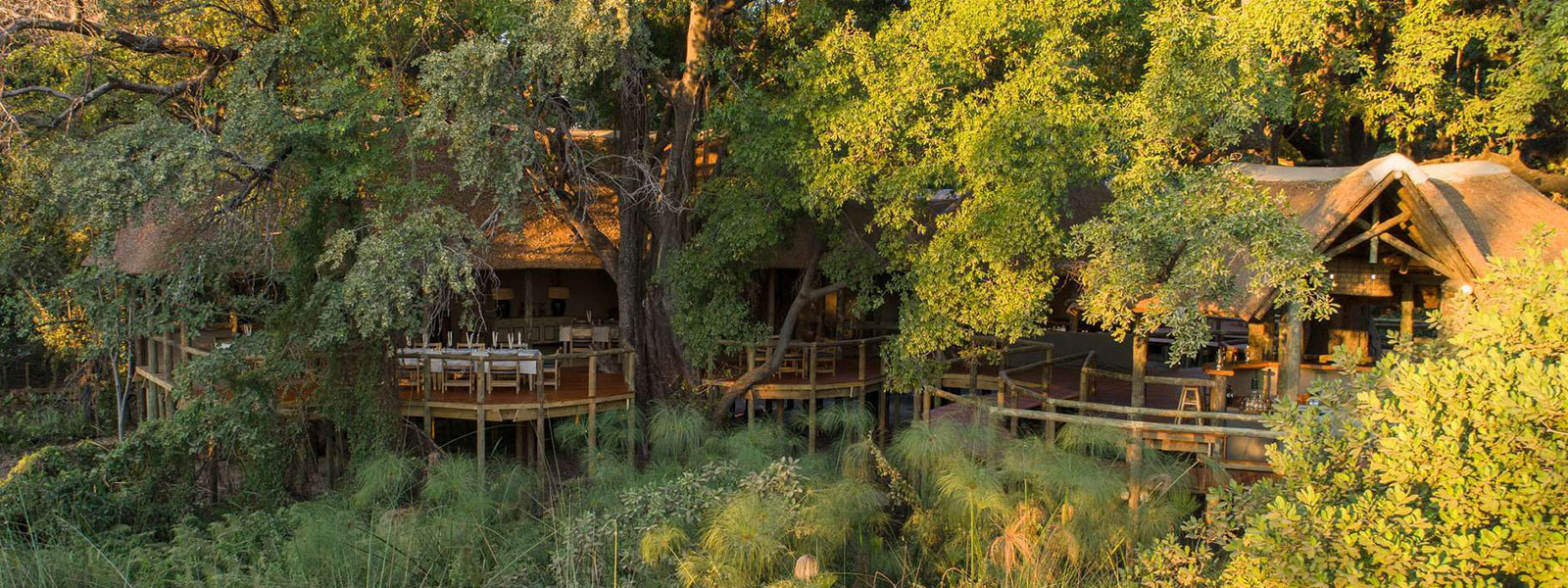





3,900 sq. km. Established 1965 when Chief Letsholathebe Moremi and the Batawana became so convinced of the need to conserve wildlife that they set aside 3,000km2 of their ancestral lands for this purpose. Lies on the northeast side of the Okavango Delta. With habitats ranging from dry savanna woodland, through semi-desert-like knobthorn and Mopani forests, riparian woodland, floodplain and reedbeds to permanent papyrus swamp, it is reputed as one of Africa’s most beautiful protected areas, with a diversity of ecologies. The main attractions are the enormous range of birds and game. Some of the finest sights are the heronries on tiny islands which consist of little more than gomoti figtrees which grow from termite mounds with their roots below the water. Clustered at night in the tops of these thickets at Cakanaca, Gcobega and Gcodikwe are large colonies of night herons, ibis and egrets, marabou and other storks. The moremi flood plains are home to buffalo, lechwe, zebra, waterbuck, loin, cheetah, wilddog and hyena. Crowned and wattled cranes are also common. The use of boats for game-viewing and fishing is permitted. Access to the reserve is from Maun. Roads are not good and it is advisable to use 4-WDs. The South Gate is at Maqwe, just over 100 km north of Maun; the North Gate is on the Khwai River about 170 km from Maun. At times the reserve closes during the rains. There are several tour operators serving the Reserve, and accommodation is at camps and lodges.
